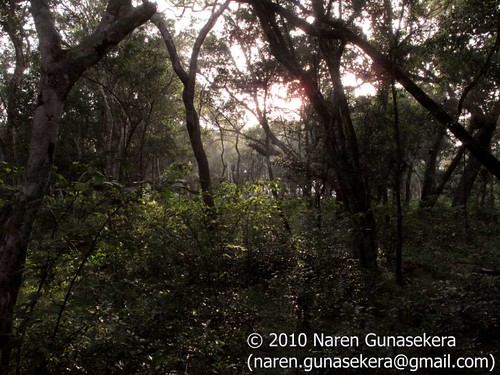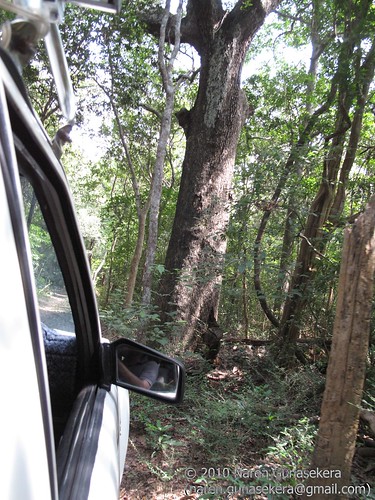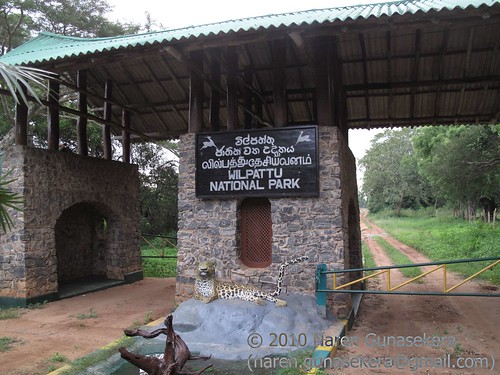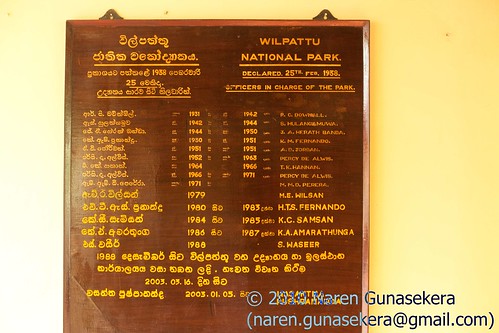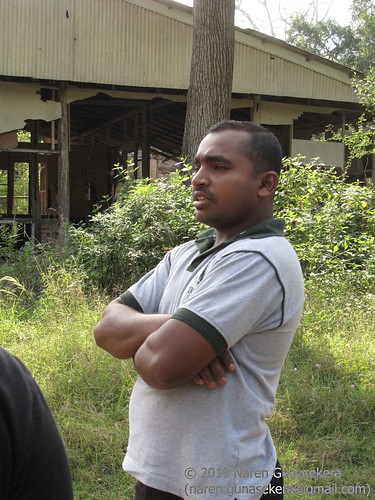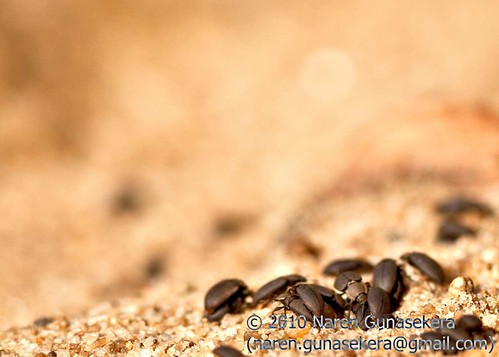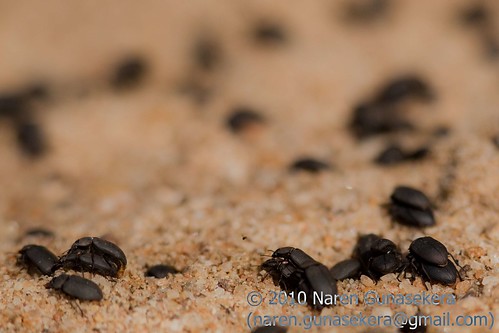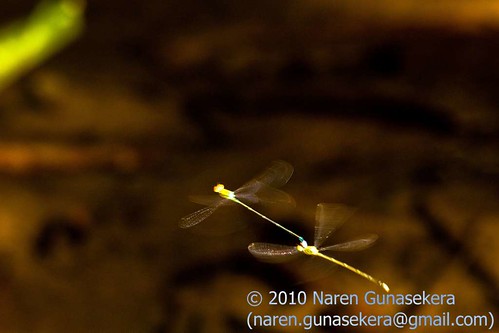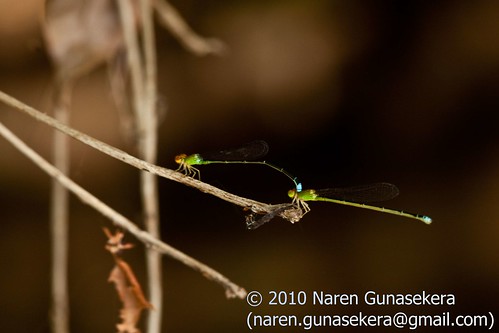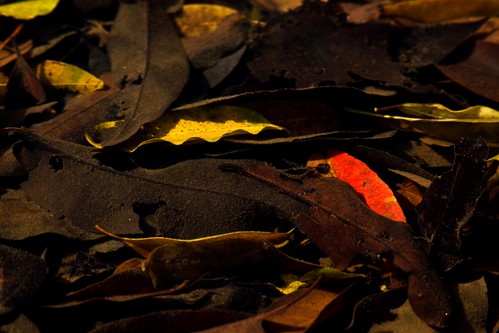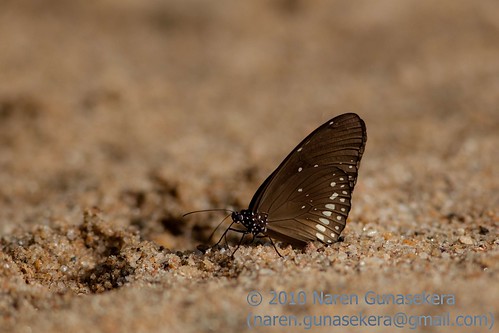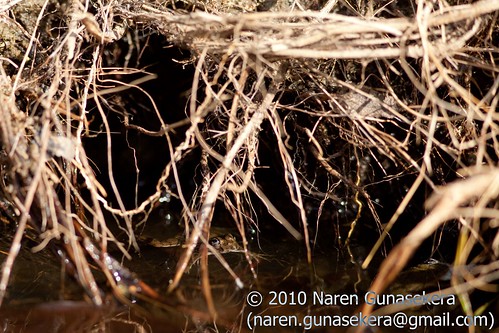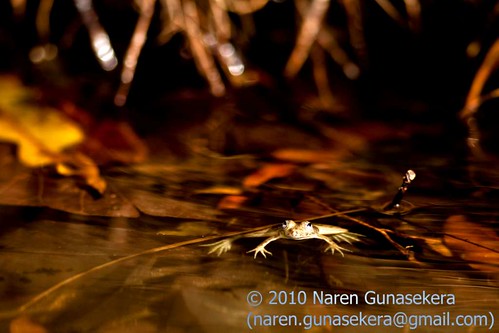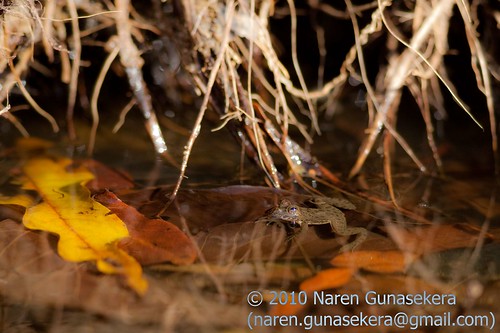Continued from here:
This being our first time in the park for all of us, we had opted for the complete tour and Chamara obliged very gladly. The Villus of course are a characteristic highlight of the park, Tala Villu, Kali Villu, Maila Villu, Walas Villu, the names rolled of Chamara’s tongue as we passed the golden grass and pure white sands of the small lakes. Formed by water percolating through limestone rock to the surface, the villus are famed for their birdlife, though possibly due to the park being quite dry we didn’t see too many birds.
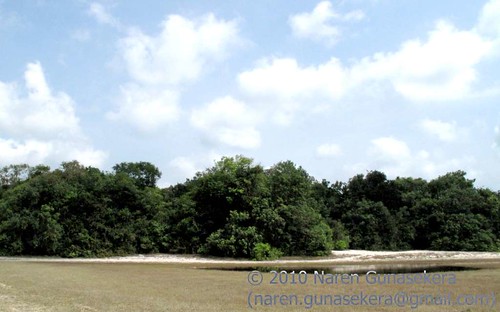
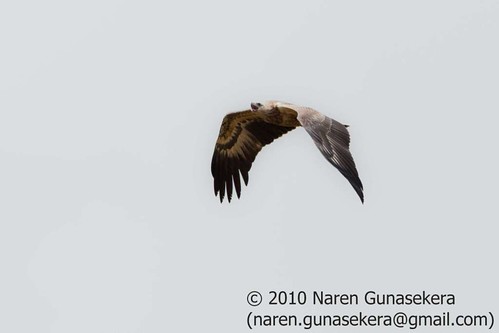
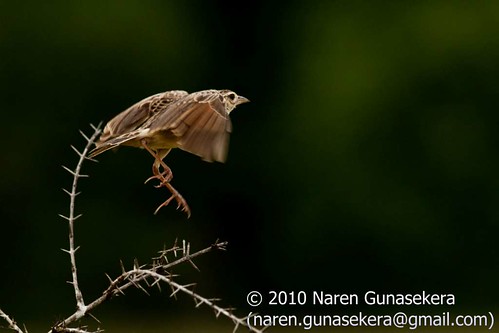
One of the many Villus,I cannot recall which one; Wilpattu birdlife
We didn’t see any of the legendary ‘villu elephants’ either, long touted as being the biggest elephants in Sri Lanka. In fact on our whole trip our sightings of animals were few and far between, a Monitor Lizard on its way up the evolutionary ladder, a Barking Deer standing transfixed in the road before dashing off into the undergrowth, two Sambhur watching us warily before spooking and Wild Boar trundling ahead of us. It was obvious that the animals still had a ways to go before getting used to vehicles and people.

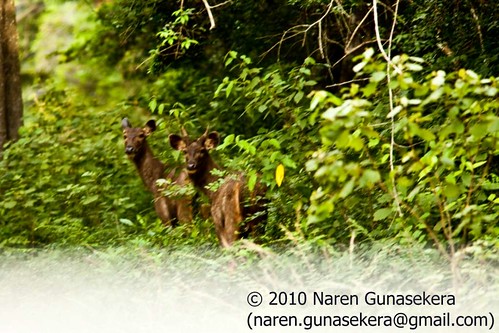

Monitor Lizard at attention; Wary Sambhur; Wild Boar on the road
A gloom settled over our little group as we cut across the new ‘Mannar’ road that bisects the park. Chamara was subdued as well as the personnel at the Navy checkpoint were incredibly arrogant as we tried to cross over to the other side of the park. Being used to the good manners of the forces in most other places we were a bit perturbed by this treatment and Chamara seemed to withdraw into a shell as he told us in low tones about how the Navy had started acting like they owned the park. Crossing the new road we came across more brush cleared along the track as we moved towards Kudiramale. Then we hit it, the new coastal road that the Navy had cut along the westward edge of the park. The fresh red earth gleamed like newly drawn blood across an immense expanse that stretched on either side of us. I’m not even sure how to describe what I felt then, just nausea that after all this time, the crown jewel of our parks was finally open but being pillaged at the same time.
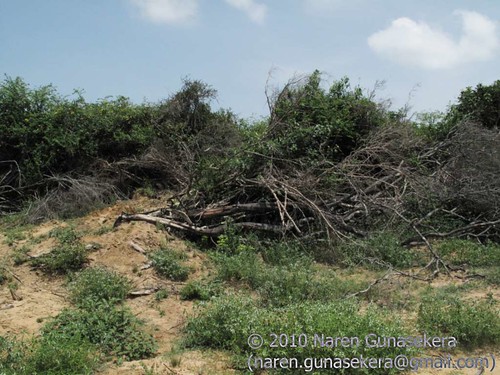
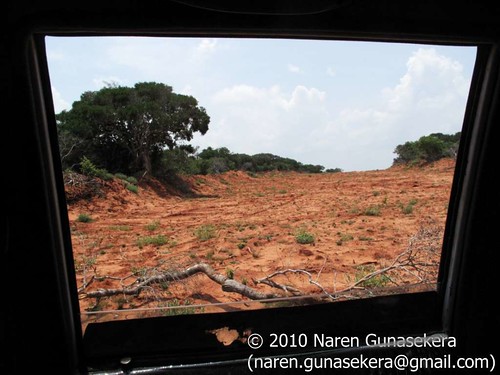
Cleared brush; The road cut by the Navy
Our mood was slightly lifted as we stopped at little bay from where we had to disembark and walk to Kudiramale Point, where Vijaya is supposed to have landed presumably in search of somewhere to party. The red soil of the area is linked with the name given to Lanka by Vijaya of Thambapanni. From the bay we walked into the shallow sea and hugged the shore to where we could ascend up the hill. The waters lapped warm and brown against our feet as fossilized coral showed just under the surface. The silence and the immobility of the small bay was a bit unnerving as we picked our way through the water and the twisted trees and we were somewhat relieved to leave the sea and start up the hill.
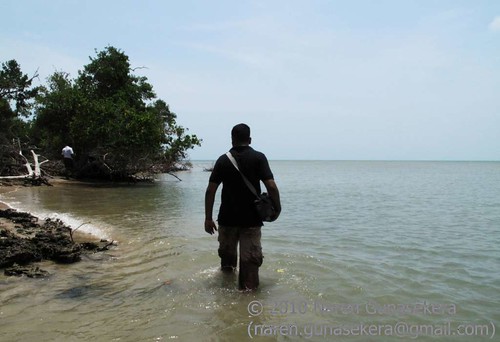
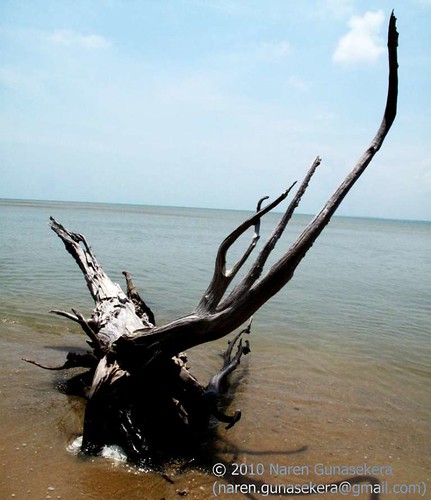
Walking in the bay; Strange driftwood
Of course by this time it was close to noon and soon our relief was overcome by exhaustion and a general unwillingness to go on. Of course Chamara egged us on up the cliff and we entered an eerie landscape of black heaps of stone that to me looked again like fossilized coral, though others didn’t agree. It was a fascinating experience though and I was as usual drawn to the sea. From the cliffs the waters looked at once quite shallow but a bit unnerving with Ghar fish swimming in throngs in the milky water and rocks appearing and disappearing in the murk.
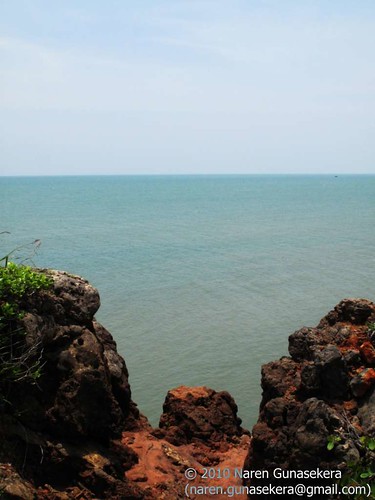

The sea from the cliffs; Black rock formations
A flash of bright blue alerted us to a rather incongruously new board put up by the Navy explaining the historical significance of the area with laviscous details of Kuveni’s affair with Vijaya. Well I jest but the board was somewhat interesting and I glanced at it for a few seconds before I realized the jeep was nearby along with a much needed bottle of water. And thirst trumped interest in history.
Part 3



One of the many Villus,I cannot recall which one; Wilpattu birdlife
We didn’t see any of the legendary ‘villu elephants’ either, long touted as being the biggest elephants in Sri Lanka. In fact on our whole trip our sightings of animals were few and far between, a Monitor Lizard on its way up the evolutionary ladder, a Barking Deer standing transfixed in the road before dashing off into the undergrowth, two Sambhur watching us warily before spooking and Wild Boar trundling ahead of us. It was obvious that the animals still had a ways to go before getting used to vehicles and people.



Monitor Lizard at attention; Wary Sambhur; Wild Boar on the road
A gloom settled over our little group as we cut across the new ‘Mannar’ road that bisects the park. Chamara was subdued as well as the personnel at the Navy checkpoint were incredibly arrogant as we tried to cross over to the other side of the park. Being used to the good manners of the forces in most other places we were a bit perturbed by this treatment and Chamara seemed to withdraw into a shell as he told us in low tones about how the Navy had started acting like they owned the park. Crossing the new road we came across more brush cleared along the track as we moved towards Kudiramale. Then we hit it, the new coastal road that the Navy had cut along the westward edge of the park. The fresh red earth gleamed like newly drawn blood across an immense expanse that stretched on either side of us. I’m not even sure how to describe what I felt then, just nausea that after all this time, the crown jewel of our parks was finally open but being pillaged at the same time.


Cleared brush; The road cut by the Navy
Our mood was slightly lifted as we stopped at little bay from where we had to disembark and walk to Kudiramale Point, where Vijaya is supposed to have landed presumably in search of somewhere to party. The red soil of the area is linked with the name given to Lanka by Vijaya of Thambapanni. From the bay we walked into the shallow sea and hugged the shore to where we could ascend up the hill. The waters lapped warm and brown against our feet as fossilized coral showed just under the surface. The silence and the immobility of the small bay was a bit unnerving as we picked our way through the water and the twisted trees and we were somewhat relieved to leave the sea and start up the hill.


Walking in the bay; Strange driftwood
Of course by this time it was close to noon and soon our relief was overcome by exhaustion and a general unwillingness to go on. Of course Chamara egged us on up the cliff and we entered an eerie landscape of black heaps of stone that to me looked again like fossilized coral, though others didn’t agree. It was a fascinating experience though and I was as usual drawn to the sea. From the cliffs the waters looked at once quite shallow but a bit unnerving with Ghar fish swimming in throngs in the milky water and rocks appearing and disappearing in the murk.


The sea from the cliffs; Black rock formations
A flash of bright blue alerted us to a rather incongruously new board put up by the Navy explaining the historical significance of the area with laviscous details of Kuveni’s affair with Vijaya. Well I jest but the board was somewhat interesting and I glanced at it for a few seconds before I realized the jeep was nearby along with a much needed bottle of water. And thirst trumped interest in history.

